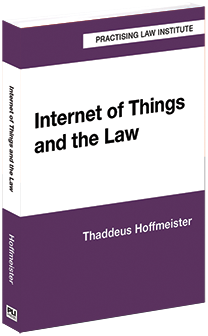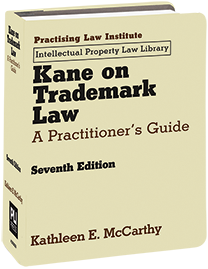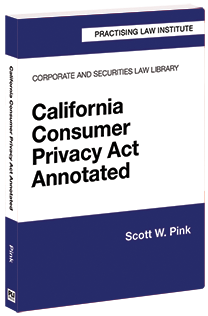Trade Secrets: A Practitioner’s Guide discusses all aspects of protecting trade secrets. It provides sample forms, checklists, and trial testimony from actual cases. The treatise compares and contrasts trade-secret protection with other forms of intellectual property such as copyright, patents, and trademarks.
This release contains new discussions of the law of trade secrets and related topics. Highlights include:
- Secrecy ended by disclosure: Updates to § 4:9.3 include coverage of Attia v. Google LLC, where the Ninth Circuit affirmed dismissal of a claim under the DTSA, finding that disclosure of the subject matter of a trade secret in a published patent application vitiated its trade secret status.
- Security measures: Updates to § 4:13 include coverage of Inteliclear, LLC v. ETC Global Holdings, Inc., where the Ninth Circuit reversed summary judgment for the defendant in a trade-secret misappropriation case, disagreeing with the district court’s conclusion that insufficient secrecy was pleaded.
- Ownership: New § 5:11 focuses on Advanced Fluid Systems, Inc. v. Huber, where the Third Circuit ruled that a contractor on a NASA project that possessed trade secrets but did not own them could bring a misappropriation claim. (Other issues in this case are covered in § 4:13 on security measures and § 13:3.7 on punitive damages.)
- Wrongful means: New § 6:12 examines Compulife Software Inc. v. Newman, a case involving a misappropriation-by-use claim in which the Eleventh Circuit ruled, among other things, that a magistrate judge had erred in reasoning that the public availability of quotes on the plaintiff’s site automatically precluded a finding that scraping those quotes constituted misappropriation.
- Identifying trade secrets with specificity: Updates to § 10:9.1 include discussion of TLS Management and Marketing Services, LLC v. Rodriguez-Toledo, an appellate decision addressing the plaintiff’s burden of establishing that a trade secret exists and the enforceability of nondisclosure agreements.
- Unjust enrichment: Updates to chapter 13 include discussion of Epic Systems Corp. v. Tata Consultancy Services Ltd., where the court of appeals affirmed an award of unjust enrichment damages (see § 13:3.5) and found that the punitive damages award was justified by the evidence but unconstitutional in amount (see § 13:3.7).
- In addition, this release includes an updated Table of Authorities and Index.
Order a print copy today. PLI PLUS subscribers can access this title through their subscription.




